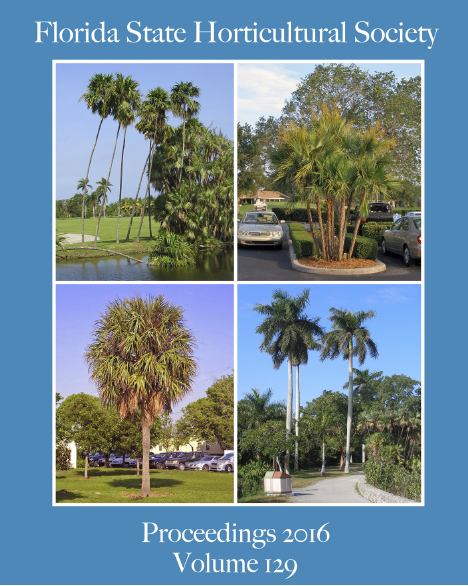Abstract
Ruellia consists of approximately 300 species found mostly in tropical and subtropical areas. Ruellia simplex (Mexican petunia) is an economically important ornamental in the southern United States due to its low maintenance, prolific flowering, and overall performance. However, since its introduction to Florida in the 1940s, R. simplex has naturalized in disturbed ecosystems of seven southern U.S. states, Hawaii, Puerto Rico, and the U.S. Virgin Islands. It is considered a Category I invasive by the Florida Exotic Pest Plant Council because it displaces native plant communities, disrupts ecological functions and can hybridize with native species. For these reasons, a breeding program was initiated at the University of Florida to develop cultivars with reduced fertility and with different flower colors, growth habits and ornamental traits. Breeding methods used include artificial hybridizations and ploidy manipulations. Tetraploid individuals are developed utilizing oryzalin and then intercrossed with related species to obtain hybrids with reduced female and male fertilities and no invasiveness by seed production. To date, Ruellia ‘Mayan Purple’, ‘Mayan White’, ‘Mayan Pink’, and ‘Mayan Compact Purple’ have been released and patented. The objectives of this research were to determine an optimal oryzalin treatment resulting in polyploidization of R. simplex and develop tools to efficiently determine ploidy levels. Individuals were screened for ploidy level by counting chloroplasts on the stomata and mea-suring stomata length, and presumed polyploids were confirmed by flow cytometry.

